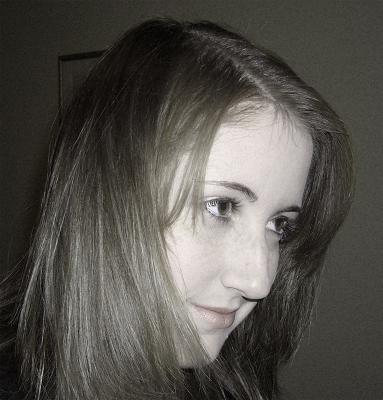Icelandic - at once ancient and modern
About 300'000 people know Icelandic - the vast majority of the population has Icelandic as their mother tongue (97%). Iceland is also a country nearly without dialects. Icelandic has been spoken in Iceland ever since its settlement in the 9th century and has changed relatively little since then.
Icelandic belongs to the northern branch of the Germanic languages. It is most closely related to Faroese and various West Norwegian dialects.
The Icelandic system of grammar is extremely complicated. Icelandic has many categories of inflected words and verbs. Nouns, adjectives, pronouns and numerals have 4 cases. There are three gender of nouns. Adjectives, most pronouns and the numerals are also declines in three genders . Verbs are conjugated according to tense, person, number, mood and voice.
Icelandic Name Customs
In Iceland it is still common to identify oneself with one's father or mother and use Christian names rather than surnames in communications. The last name is formed from the Christian name of the father (most common practice) or mother (much rarer). The possessive form of the parent's name is put first and either -son (son) or -dóttir (daughter) appended. Often the same Christian names occur again and again in the same family.
Icelanders never use their last names alone. One would never refer to someone as just "Eiríksson" or "Bjarnadóttir". One must use either the Christian name alone or the full name. Last names are therefore much less important than customary elsewhere. The Icelandic telephone directory, for example, is organised by Christian names first, then by last names.
Icelandic language policy
The Icelandic language policy has two main components: on the one hand, continuing preservation of the language and, on the other, development of the language, not least to help keep its vocabulary abrest of new conditions and ensure the use of Icelandic in as many areas as possible. New words are continuously being formed to keep pace with developments in technology and the sciences. Many people enjoy trying to create new Icelandic words. This activity isnot at all tied to institutions or government decisions. The Icelandic Language Council, for example, primarily provides consultancy and dissemination of information regarding language usage and neologisms, but it is not at all the custom in Iceland for the government to have words produced that the public is then obligated to use!
Vocabulary
Many new words have been added to the Icelandic vocabulary since the beginning, as is natural over so long a period since the national life has been transformed. Some of the old words have also acquired new meanings in addition to the old ones. However, most common words in the language look exactly the same today as they did 1100 years ago, i.e., such as auga (eye), himinn (sky), haf (ocean), hestur (horse), kýr (cow). An enormous number of neologisms have since enriched the Icelandic language, especially in the 19th and 20th century, to meet contemporary needs. Most of the new words are fromed from older words and parts of words.
Neologisms and transparency
Neologisms are most often fromed by joining existing words or parts of words together in a new way:
vedur (weather) + fraedi (science) = vedurfraedi (meteorology)
bíll (car) + skúr (shed) = bílskúr (garage)
prefix al- (all) + naemi (openness to) = alnaemi (AIDS)
tölur (numbers) + völva (prophetess) = tölva (computer)
MY FAVOURITE EXAMPLE: farfugliaheimili is the Icelandic word for Youth Hostel. Literally translated it means "home for migrating birds" - beautiful!
Icelandic and other languages
As in Switzerland, the Icelandic school system has long placed heavy emphasis on the teaching of foreign languages. In addition to Icelandic, everyone learns English and Danish in compulsory school, and many add French, German or Spanish in upper secondary school.
Icelandic is at once an ancient and modern language
Icelandic is by and large the language that the Nordic people spoke in the Middle Ages throughout most of the Nordic countries as well as in demarcated regions of England, Ireland, Scotland, some parts of France and Russia and as far as south of Constantinople. Icelandic was also the language of Leifur Eiríksson who went to America in 1000.
Modern Icelanders have no problem reading and understanding ancient texts in Icelandic. It is extremely unusual for a language to undergo so little change over so long a period.
Deep-rooted written language
The oldest preserved texts in Icelandic were written around 1100. Many of them are actually based on material like poetry and laws, preserved orally for generations before being written down. The most famous of these, which were written in Iceland from the 12th century onward, are without doubt the Icelandic Sagas, the historical writings of Snorri Sturluson and eddaic poems.
The Icelandic language and literature
The continuity of the Icelandic language and literature surfaces in the fact that the Icelandic authors of the 20th cenutry, such as the Nobel prize winner Halldór Laxness, wrote in the same language as, for example, Snorri Sturluson, one of the foremost authors in the Nordic countries in the 13th centurey.
The works of poets and authors have always found favour with the Icelandic public. Books are still the most popular Christmas gifts, not least biographies and memoirs.


0 Comments:
Post a Comment
<< Home